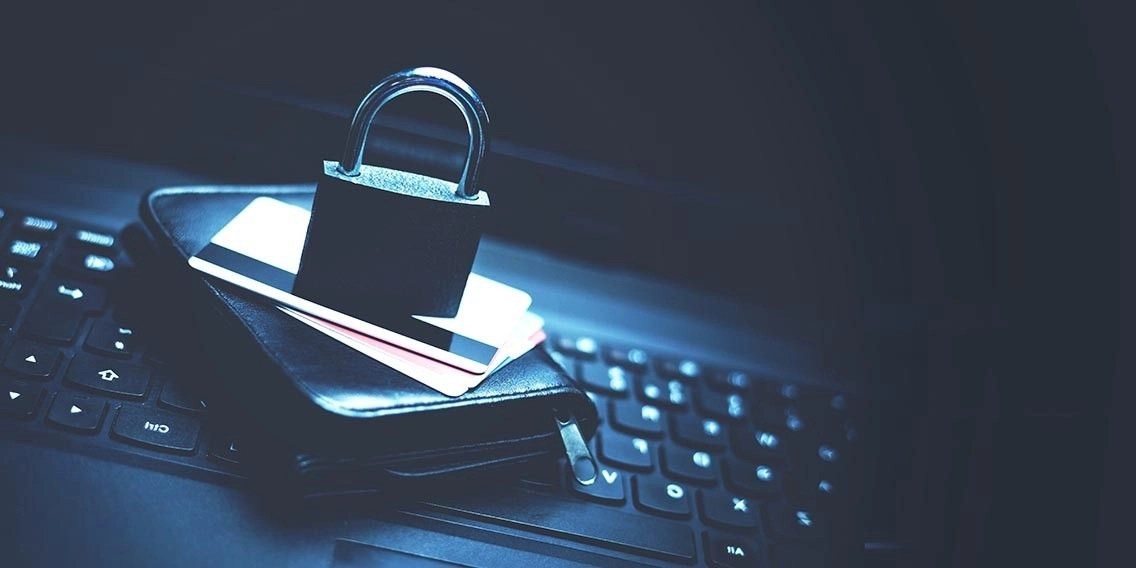SECURITY
How to Spot ATM Skimmers
What you'll learn: How to spot ATM skimmers
EXPECTED READ TIME: 3 MINUTES
There are many ways for you to safeguard your financial information. One of which is learning how to spot ATM skimmers. Before you make your next stop at the ATM to withdraw money, be sure to familiarize yourself with card skimming and the ways you can identify if your ATM transaction is at risk.
Card skimming is a process in which thieves place a small device or “skimmer” on a card reader like an ATM, gas pump, or postage stamp kiosk that enables them to steal your card data. Some of that data stolen includes your name, card number, and expiration date. This data can then be used for several scams including online purchases, counterfeit cards, and identity theft.
Skimmers tend to target places under less surveillance, but financial institutions are typically less susceptible due to regularly scheduled ATM maintenance checks and robust fraud monitoring. Advancements in technology have made card skimming harder to detect, but not impossible, so it is important to pay special attention to anywhere you decide to swipe your card.
There are a number of steps you can take to see if the ATM you are using has been tampered with. These steps can also be utilized at gas station pumps to avoid card skimming. Practice these helpful tips to ensure your financial safety.
1. Check for obvious tampering. Check for some obvious signs of tampering at the top of the ATM, near the speakers, the side of the screen, the card reader itself, and the keyboard. If something looks off such as a different color or material, graphics that aren’t aligned correctly or false-looking logos, don’t use that ATM.
2. Wiggle everything. ATMs are solidly constructed and generally don’t have any jiggling or loose parts. Pull at protruding parts like the card reader or see if the keyboard is securely attached and in just one piece. Does anything move when you push at it? For example, a loose PIN pad can indicate a fake overlay that reads your PIN number as you type it in. If something doesn’t seem attached correctly or is loose, the ATM has likely been tampered with.
3. Look out for details. Be on the lookout for any unusual devices on or around the ATM. Are there any unusual marks, tape, or glue residue on the ATM? This can be a sign of a “skimmer” that is attached or was once attached to that ATM.
4. Always assume someone is looking. Whenever you enter your card PIN, assume someone is looking, even if no one is around you. Cover the keypad with your hand when you enter your PIN. If you don’t notice the skimmer and still swipe your card, covering your hand when you enter your PIN can sometimes help keep your money safe.
5. Report any issues. If you have trouble inserting your cards into the ATM or notice any of the signs of tampering, report it to your financial institution. It is also important to always monitor your accounts, verify your transactions, and report any unusual debit transactions as soon as possible. The Federal Trade Commission provides these tips for reporting card theft or fraudulent transactions, and how to limit your losses against card skimmers.
Have More Questions about Security? PenFed Has Answers.
Learn more about protecting yourself from online theft and threats.




